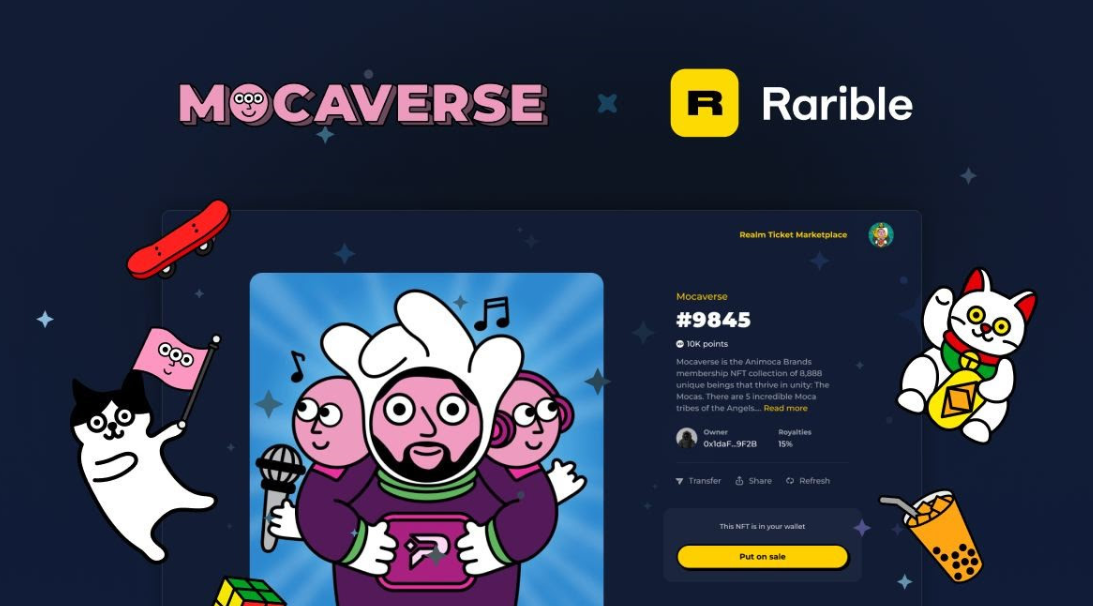How Fintech is shaping digital payment engagement

 Of Kevin O’Brien, President Enterprise Solutions for EngageSmart
Of Kevin O’Brien, President Enterprise Solutions for EngageSmart
Driven by a rapidly evolving global landscape and the circumstances surrounding the COVID-19 pandemic, brilliant minds across all sectors have mobilized to advance the role of technology in a world that increasingly requires more virtual or contactless offerings, whether through virtual meetings, telehealth visits or contactless deliveries.
And while digital payments have made significant strides – for example, many organizations have seen significant increases in digital payment adoption – the experience of paying bills online is nowhere near as streamlined as it should be, given that digital payments were introduced in the mid- 1990’s . Limited options and buggy interfaces are still shockingly common. However, fintech is shaping and improving the way customers engage through digital payments.
Self-service improves the customer experience
Gartner confirms that customer experience drives over 66% of customer loyalty – more than price and brand combined – and this applies to almost every industry. Customers expect more today than ever before. Simply offering digital payment and account management options no longer differentiates companies from the competition. In today’s landscape, customers expect payments and other account activity to be handled easily, on schedule and online.
According to a McKinsey study, consumers are more likely to recommend companies to others with consistent and personalized experiences across channels. This means that the infrastructure to support and facilitate these interactions is now at stake. McKinsey also found that a significant 67% of customers preferred self-service options over speaking with a company representative, and 75% said self-service was more convenient. In many sectors, the secret to happy customers is to leave them to their own devices – or at least give them the tools that enable them to handle important functions and solve problems on their own if they want to.
A win-win
Nobody likes paying bills, but the expansion of practical self-service payment options has concrete benefits for both the customer and the invoice issuer. A recent survey shows that 83% of customers prefer to make a payment via a digital channel, either online (28%), on a mobile device (30%), through automatic payments (22%) or via text message (3%).
By offering self-service options in the form of tools such as online payment portals, AutoPay and digital wallets, companies experience fewer payment-related customer service calls and in-person visits, reduced submitted payments, less organizational and administrative expenses, and more productive and satisfied employees. As more customers adopt automated payments, employees previously associated with payment-related customer service requests can focus on more fulfilling and higher-priority projects, reducing burnout and fatigue.
Not only did customers report increased satisfaction from the improved user experience in the same study, some were able to avoid late payments as a result of automated payment reminders.
Reduce friction to increase revenue
The term friction is often used to describe touch points along the payment route that cause unnecessary challenges. Friction points are frustrating and can also be a significant barrier to adopting self-service options such as online or automated payments. To effectively save time and resources, companies must exploit opportunities that maximize efficiency, and identifying and eliminating friction points is proving critical to success.
Firstly, it is important to simplify the online payment process. In the past year, 67% of people have made a bill via mobile phone, while 63% have used an online portal. An omnichannel approach to the online payment process gives customers the same experience regardless of where and how they want to pay. It’s important to offer a variety of payment options, but true value comes from simple and intuitive experiences.
Take, for example, logging into an account. If customers hit login walls, they are unlikely to see the payment through and the opportunity to collect revenue is lost, leading to more unnecessary spending. Frustrated customers will call or visit customer service and waste time and resources due to friction. Ditching login walls and other friction points is worth the effort.
Another way to reduce friction is to offer paperless billing options. Sending digital bills ensures customers have the most up-to-date account information and even provides the ability to send them directly for payment, effectively removing friction. Customers only have so much time and patience, especially when it comes to an unpleasant task like paying a bill. But suppose options like paperless invoicing aren’t marketed clearly and often. If so, customers are unlikely to sign up and lose the opportunity to increase on-time payments, provide an exceptional experience and reduce printing and postage costs. Providing a clear path for self-service enrollment options pays off: include QR codes or URLs on physical bills and ensure enrollment routes are clear on company websites and along the checkout route (ie payment screens, confirmation screens). Not only should it be easy to find where to sign up, but the process should be quick and painless, starting immediately.
Automation drives data
Automating ancient invoicing and payment processes can sound daunting. However, implementing a platform that engages customers is well worth the effort, for both billers and payers. Automating payments enables businesses to optimize data collection, a critical tool for catering to individual user preferences, which impact the customer experience. Employees can also use the data to replace manual analysis of trends, saving time and reducing errors.
As an example, 17% of public sector organizations have no way of determining what percentage of collections are late or do not arrive, not only affecting expected monthly receivables, but also wasting time and resources following up with late payers. Automating payments allows organizations to capture this data so that the process can be carried out digitally.
Conclusion
It’s easier than ever for consumers to get things done when and where they want. Convenient self-service check-out options are key to satisfying today’s customers, who expect effortless functionality no matter the task. While the need for streamlined digital payment options is more evident in some industries than others (eg insurance and utilities), all industries can benefit from an increased focus on delighting customers through improved digital options. This requires a simple user experience with access to choices that make self-service easy, leaving your team free to help customers who prefer a more personal touch.
























